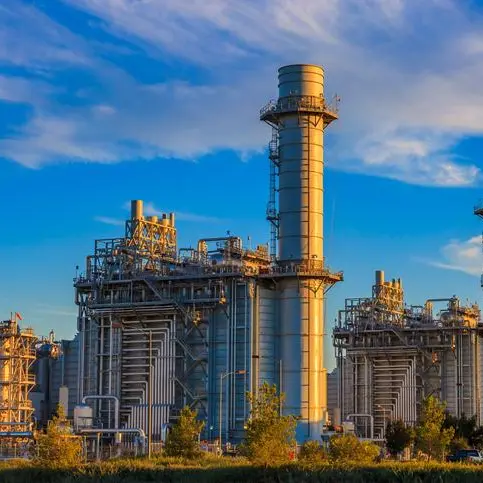World trade in goods remained strong in 2021 and trade in services finally returned to its pre-Covid-19 levels, according to UNCTAD's latest Global Trade Update.
“Overall, the value of global trade reached a record level of $28.5 trillion in 2021,” the report says. That’s an increase of 25% on 2020 and 13% higher compared to 2019, before the Covid-19 pandemic struck.
While most global trade growth took hold during the first half of 2021, progress continued in the year’s second half.
After a relatively slow third quarter, trade growth picked up again in the fourth quarter, when trade in goods increased by almost $200 billion, achieving a new record of $5.8 trillion.
Meanwhile, trade in services rose by $50 billion to reach $1.6 trillion, just above pre-pandemic levels.
Greater growth in developing countries
The report shows that in the fourth quarter 2021, all major trading economies saw imports and exports rise well above pre-pandemic levels in 2019.
But trade in goods increased more strongly in the developing world than in developed countries. Exports of developing countries were about 30% higher than during the same period in 2020, compared with 15% for wealthier nations.
The growth was higher in commodity-exporting regions, as commodity prices increased. Moreover, South-South trade growth was above the global average, with a 32% year-on-year increase.
Growth in most sectors
Except transport equipment, all economic sectors saw a substantial year-over-year increase in the value of their trade during the final quarter of 2021.
“High fuel prices are behind the strong increase in the value of trade of the energy sector,” the report says. “Trade growth was also above average for metals and chemicals.”
As a result of the global shortage of semiconductors, trade growth in communication equipment, road vehicles and precision instruments was subdued.
Forecasts for 2022
The UNCTAD report indicates that trade growth will slow during the first quarter of 2022. Positive growth rates are expected for both trade in goods and services, albeit only marginally, keeping trade values at levels similar to the last three months of 2021.
“The positive trend for international trade in 2021 was largely the result of increases in commodity prices, subsiding pandemic restrictions and a strong recovery in demand due to economic stimulus packages,” the report says.
“As these trends are likely to abate, international trade trends are expected to normalise during 2022.”
Factors set to shape 2022 world trade
The International Monetary Fund has revised its world economic growth forecast downwards by 0.5 points, the report notes, considering persistent inflation in the United States and concerns related to China’s real estate sector.
It also points to ongoing logistic disruptions and rising energy prices, saying that “efforts to shorten supply chains and to diversify suppliers could affect global trade patterns during 2022.”
On trade flows, the report projects the trend of regionalisation to increase because of various trade agreements and regional initiatives, as well as “increasing reliance of geographically closer suppliers.”
Moreover, trade patterns in 2022 are expected to reflect the increasing global demand for products that are environmentally sustainable.
The report also flags the record levels of global debt, warning that concerns over debt sustainability are likely to intensify due to mounting inflationary pressures.
“A significant tightening of financial conditions would heighten pressure on the most highly indebted governments, amplifying vulnerabilities and negatively affecting investments and international trade flows,” the report cautions.-TradeArabia News Service
Copyright 2022 Al Hilal Publishing and Marketing Group Provided by SyndiGate Media Inc. (Syndigate.info).
Disclaimer: The content of this article is syndicated or provided to this website from an external third party provider. We are not responsible for, and do not control, such external websites, entities, applications or media publishers. The body of the text is provided on an as is and as available basis and has not been edited in any way. Neither we nor our affiliates guarantee the accuracy of or endorse the views or opinions expressed in this article. Read our full disclaimer policy here.











